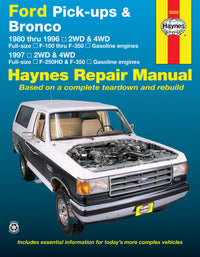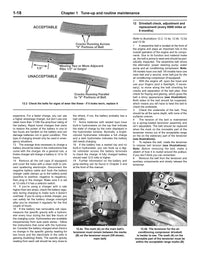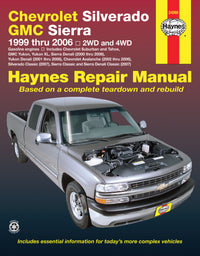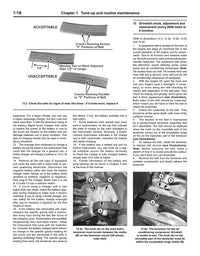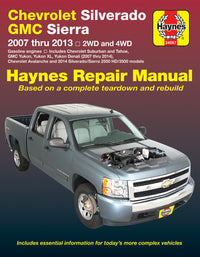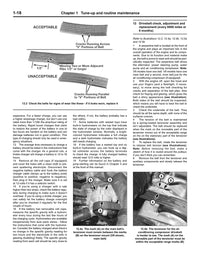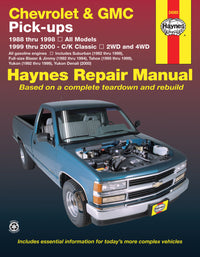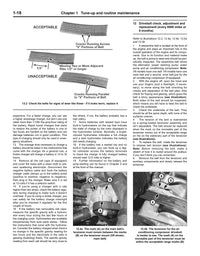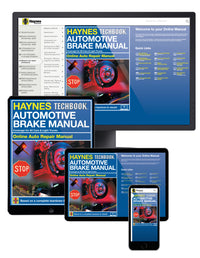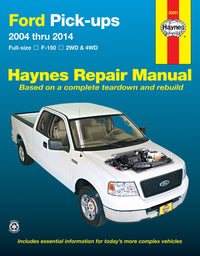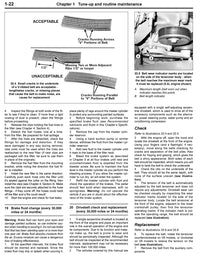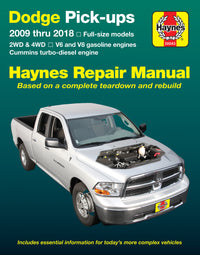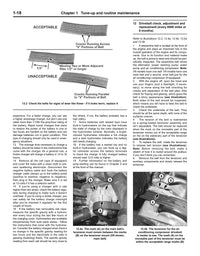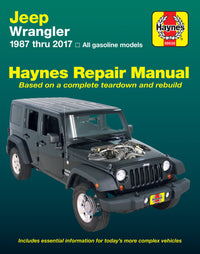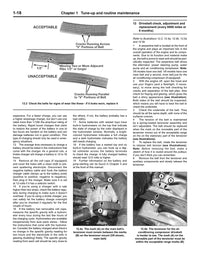An ignition coil pack takes the low voltage from the battery and boosts it to the level where it can cause a spark to bridge the gap in a spark plug. This then ignites the fuel and air in an engine's cylinder.
So, if your car has trouble starting, runs rough, has a misfire, or is getting thirstier, it may be that there is a problem with the coil, or one of the coil packs.
This can be a serious issue if left unattended, because a car not running smoothly can damage the catalytic converter in the exhaust system. However, the good news is that replacement is usually pretty cheap if caught early.
What is an ignition coil?
This is the part of a car’s ignition system that takes the battery’s 12-volt output (called low-tension current) and transforms it into as much as 45,000 volts (called high-tension current) before then supplying it to the engine’s spark plugs. It is typically just a wire-wound transformer filled with an insulator.
Why does an engine need one?
Without it, the spark plug wouldn't receive a voltage high enough to do its job of igniting the fuel/air mixture in the combustion chamber. The pressures are so high in the cylinder that the voltage has to be extremely high for the spark to be effective. A coil that is going bad can deliver a voltage that only fires the plug under certain conditions, which is what causes a misfire.
What does the coil look like?
If your car is an older vehicle with traditional distributor ignition, it’ll look like a small metal cylinder (in fact, it’s often called a canister-type coil) with wires sprouting out of it, one connecting it to the battery, another to the distributor. Some systems, like the GM HEI distributor, mount the coil directly in the distributor cap, and look like #1 below.
On a modern car, coils typically are mounted directly on top of the spark plugs, so the high voltage does not have far to travel. Others mount boxy coil packs to the fender, firewall, or motor, with short leads to the spark plugs. Some coils are constructed in series and called cassette or sequence coils, or coil rails. The engine computer sends 12 volts to each coil in turn to fire the plugs when needed.
Where is the coil?
In older vehicles, the coil pack is typically mounted to the firewall or the engine near a distributor that ‘distributes’ the high voltage it produces to each spark plug, via thick rubbery spark plug wires.
On modern cars with an electronic ignition system that uses a computer rather than a distributor to fire the spark plugs at the right time, the coil is likely to be mounted directly to the spark plug, or close by, without the need for high-voltage spark plug wires. For this reason, a modern engine can have multiple coils.

How does the coil work?
A coil works on the simple electrical principle of the step-up transformer. It does this using two separate coils of wire, both coiled around a central core, all contained within an insulated body. One wire, called the secondary, is made up of thousands more windings than the other one, called the primary. The difference in the number of windings (imagine a spool of thread) determines the level of voltage that comes out for a given input. If you'd like, the Wikipedia article on transformers goes into great detail.
The primary wire receives the low voltage from the battery which generates a magnetic field around it. However, the instant that flow is interrupted by the ignition system or electronic control unit (ECU), the magnetic field collapses, creating or inducing a higher voltage in the secondary wire that travels to the spark plug.
Why does a coil fail?
Ignition coil packs hate heat and vibration, so a hot engine bay is a challenging place for it to live. Over time, the temperature and shaking can break up the coil’s windings and insulation. If the internal insulation breaks down, it can cause a short in the winding, limiting the amount the voltage gets stepped up.
Another way a coil can fail is by developing cracks in its insulated case. These cracks can then allow moisture in to short out the windings intermittently, causing rough running.
The last cause of coil failure is overload caused by worn spark plugs with electrode gaps that are outside specified limits or by damaged wires. In time, the needed voltage can rise to levels, causing the coil to overheat and short circuit.
How do you diagnose a faulty coil?
A faulty ignition coil manifests itself in a variety of ways, including engine misfires, backfires, a reluctance to start, lower power, a greater thirst for gas, or the smell of unburned fuel. If your car has a distributor-based ignition system, all the spark plugs will be affected, but if it’s a modern car with computer-triggered ignition, only one plug could be affected, or two if they share the same coil.
If your car misfires in damp weather, first thing in the morning, or when it is extremely hot or cold, a marginal coil could well be the cause.
If your car was built after 1996 it should have an OBD II (on-board diagnostic) port with misfire detection, and will light the check engine light if there is a repeated misfire. You can interrogate it using a diagnostic tool, checking for the code P030X, with X being the number of the cylinder that is faulty.
Of course, a faulty cylinder can be caused by all manner of ignition and fuel supply problems, not just a faulty coil. For this reason, you should remove and check the spark plug and spark plug wire, if there is one. Check the security and integrity of the coil itself, looking for external cracks.
On most cars with multiple coil packs, you can swap the coil on the misfiring cylinder for a different, good one. If the coil is bad the misfire code should now move to the other cylinder.
What to do if there is a bad coil?
Coil packs are easy to change for the DIY mechanic. Once you locate the coil or coil packs, which will be fairly easy once you remove the engine cover, there is usually just one screw or a small bolt holding it down. Remove the bolt, pull the coil and it will pop off.
There is no way to fix a defective unit.

